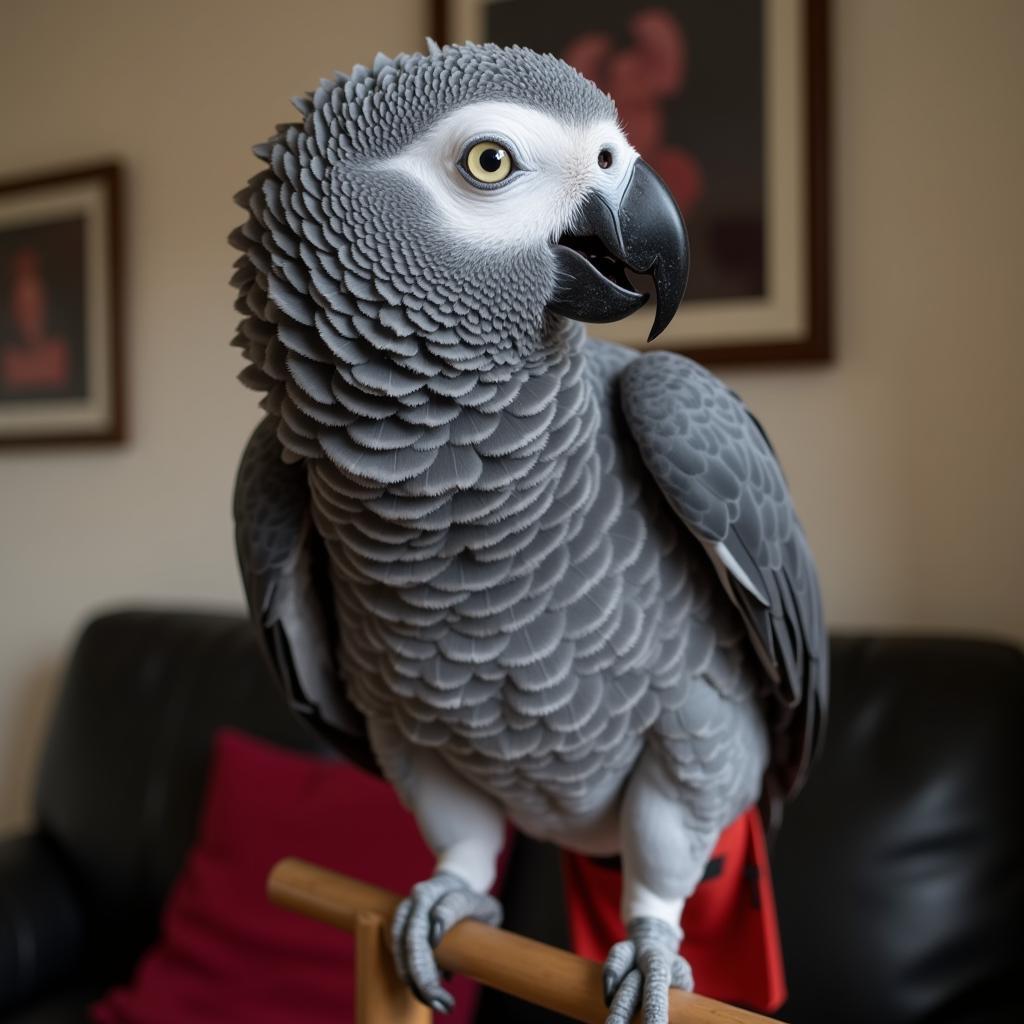The Art and History of African Head Wrap Styles
African head wraps, a vibrant and significant part of African culture, are much more than just stylish accessories. They are a powerful symbol of tradition, identity, and heritage, worn by women (and sometimes men) across the continent for centuries. These versatile fabrics, often brightly colored and intricately tied, tell stories without words, communicating everything from marital status and social standing to tribe and personal beliefs.
A Legacy Woven in Time: Exploring the History of Head Wraps
The history of African head wraps can be traced back thousands of years. Archaeological evidence suggests that head coverings were prevalent in ancient African societies, often made from natural materials like leaves, grass, and animal skins. Over time, these early forms evolved, incorporating woven fabrics and intricate designs as a reflection of growing cultural sophistication.
For instance, in ancient Egypt, headwraps were a symbol of status and power, worn by both men and women, while in West Africa, they played a significant role in spiritual practices, signifying a connection to the divine. This rich history is woven into the very fabric of African head wraps, connecting generations through a shared cultural language.
More Than Fabric: Unraveling the Symbolism
The beauty of African head wraps lies not only in their aesthetic appeal but also in their deep-rooted symbolism. Each fold, knot, and twist carries meaning, conveying a silent language understood within specific communities.
- Marital Status: In many cultures, the way a woman ties her head wrap can indicate her marital status. For example, a married woman might wear a full head wrap, while a single woman might leave some hair exposed.
- Social Standing: Intricately tied head wraps, often made from luxurious fabrics, can be a sign of high social standing or wealth.
- Religious Beliefs: Head wraps also play a significant role in religious practices. For instance, in some Muslim communities, women wear head coverings as a symbol of modesty and faith.
A Style for Every Story: Exploring Different African Head Wrap Styles
From the elaborate Gele of Nigeria to the elegant Duku of Ghana, the diversity of African Head Wrap Styles is a testament to the continent’s rich cultural tapestry. Each region boasts its own unique techniques, fabrics, and embellishments, resulting in a breathtaking array of styles.
- Gele: Originating from the Yoruba tribe in Nigeria, the Gele is a grand and elaborate head wrap known for its impressive height and dramatic flair. It is often worn for special occasions like weddings and festivals.
- Duku: The Duku, popular in Ghana, is a more understated yet equally elegant head wrap. It is typically tied closer to the head, creating a sleek and sophisticated look.
- Turban: Inspired by North African traditions, the Turban style head wrap involves wrapping fabric around the head, creating a full and rounded shape. It is a versatile style that can be dressed up or down.
To learn more about the fascinating world of African fashion, explore our articles on African cocktail attire and traditional African dressing for women in villages.
Head Wrapping Today: A Fusion of Tradition and Modernity
In the contemporary world, African head wraps continue to evolve, embracing modern influences while staying true to their heritage. Today, women across the globe are embracing head wraps as a stylish and versatile accessory, incorporating them into their everyday wardrobes.
From casual street style to red carpet events, African head wraps are making a statement, empowering women of all backgrounds to celebrate their individuality and cultural heritage. Many online resources offer African head wrap styles tutorial making it easier than ever to learn the art of tying these beautiful fabrics. Whether you are drawn to the bold and vibrant or the simple and elegant, there is an African head wrap style for every story waiting to be told.
Conclusion
African head wrap styles are a vibrant tapestry woven from history, tradition, and individuality. They are a celebration of African heritage, a visual language, and a powerful symbol of femininity and strength. By embracing the art of head wrapping, we connect with a rich cultural legacy and empower ourselves to tell our own unique stories through fabric and style.
Expert Insight: “The beauty of African head wraps lies in their ability to transcend time and trends,” says Abena Serwaa, a Ghanaian textile artist and head wrap expert. “They are a timeless expression of identity, connecting us to our ancestors while allowing us to make our own mark on the world.”
If you are interested in exploring the diverse world of African head wraps name and their fascinating history, a wealth of resources are available online and in libraries.
Need help? Contact us at +255768904061, email kaka.mag@gmail.com, or visit us at Mbarali DC Mawindi, Kangaga, Tanzania. Our customer service team is available 24/7.


